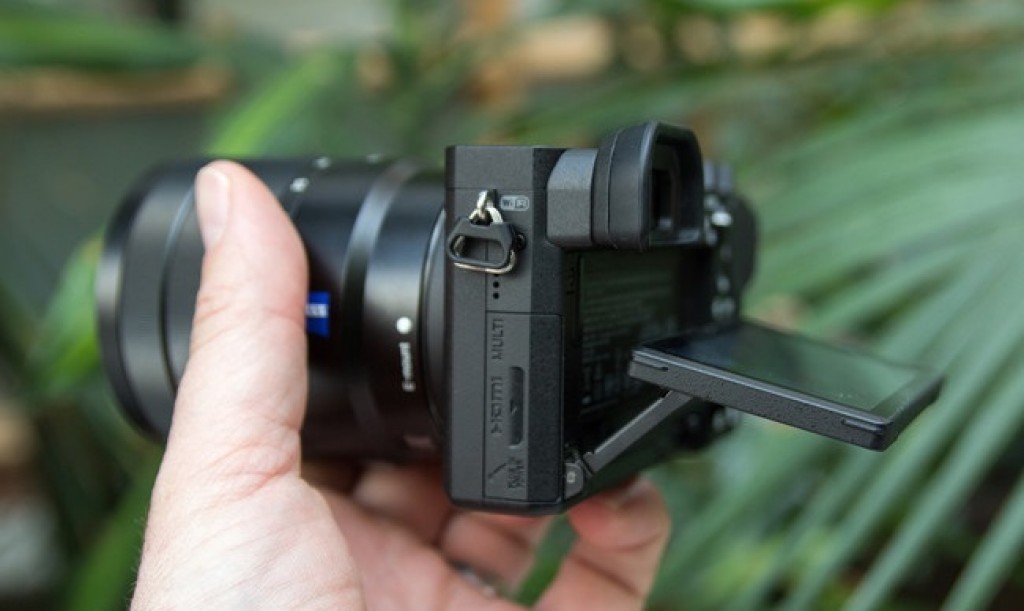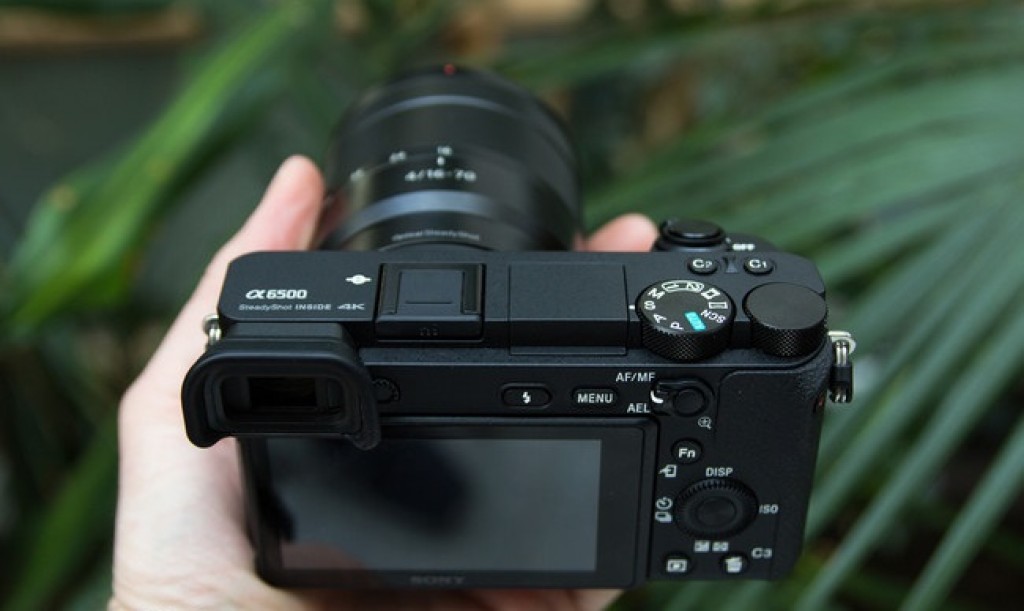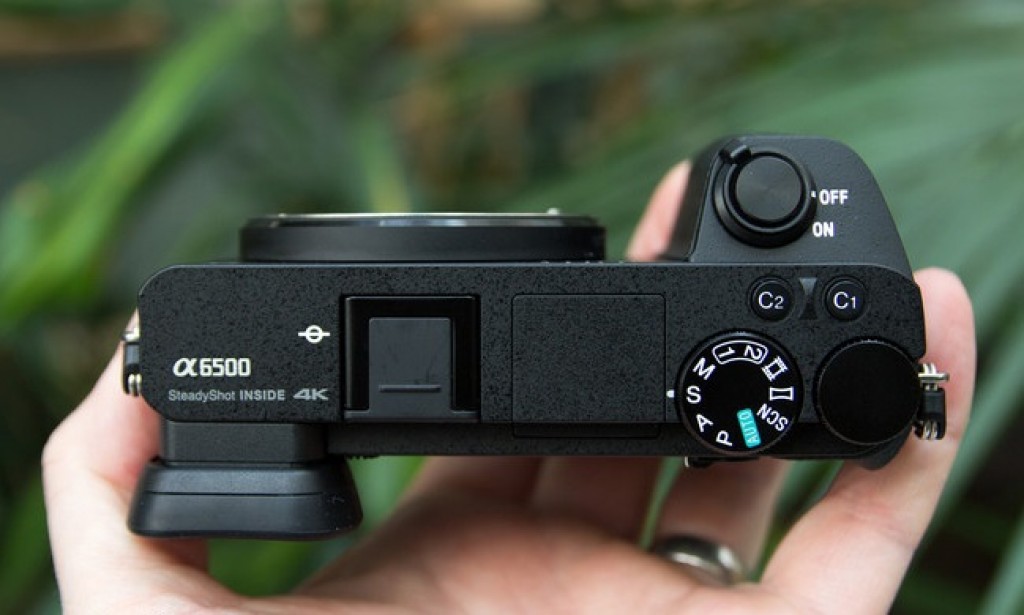
Sony has made a quickstep through some of its Alpha models, with the A6500 following the A6300 that was announced at the beginning of 2016.
This new E-mount model offers much the same design of the A6300 and A6000 that came before and in many cases adopts much of the specification too, but in many cases makes a number of tweaks to boost the performance.
We got our hands on a prototype of the new model at Sony’s UK launch. Sadly, as this wasn’t a final device, we weren’t able to keep or share any of the photos we took with it.
Sony A6500 preview: Design
These E-mount models offer a compact APS-C interchangeable lens design, with a familiar look. Put the A6000, A6300 and the A6500 side-by-side and there’s very little difference.

Over the past few years of this camera’s life, Sony hasn’t changed a huge amount. However, when we reviewed the A6000 in 2014, we instantly liked the compact nature and the high build quality in this camera that evolved out of the NEX line.
For the A6500, there’s little difference in size or weight from the former models, although Sony was keen to point out that there as a little more grip, so your fingers have a little more purchase, for better control. It’s a small detail, but should aid those who find this smaller body a bit difficult to manage, especially with a weighty lens on the front.
The A6500 retains that magnesium body, and water and dust resistant, pitched very much as a camera for those serious about their photography.
Sony A6500 preview: Getting touchy
One of the big omissions from the A6300 was touch. With a cracking new AF system, covering some 425 points, 84 per cent of the imaging area, there was no easy way of manually selecting the precise point of focus.

Sony is being rather choosy with which models gets touch, as the new Sony RX100 V, its champion high-end compact, still doesn’t offer this handy feature which is something of a surprise given how useful it is on these compact models.
With the same focusing system in the A6500 as the A6300, a hybrid AF system using phase and contrast detection that works at incredible speed, Sony has now added a touch panel to the 3-inch display on the rear.
As before, this is a display that you can move into a wide range of positions to give you composition options, but adding touch means you can do a whole lot more. Not only do you get direct interaction with menu options, but you get those tap focusing options too.
There’s some clever stuff going on here, as you can use the viewfinder, half press the button and see where the camera focuses, and then use your thumb on the screen to move that focal point where you want it.
It might sound fiddly, but it’s a natural movement as you’re already gripping the camera and that thumb falls into just about the right position to swipe across the screen and move the AF point.

Those who are left-handed (or use your left eye) will know that your nose can trigger touchscreen devices when using the viewfinder because the camera is next to your face, your nose often against the back of the camera. Sure, you can, with practice, move the focal point with the tip of your nose – we tried it and it works – although we’re not confident that’s a long-term solution.
What you can do, however, is reduce the area of the touchscreen used for focus select. You can opt for half or a quarter of the screen and again, this is easy enough to find with a thumb and move focal point when using the viewfinder, while avoiding any nasal activation.
There are some other advantages too: touch can be used in playback, giving you instant zoom, so you can get into the details easily.
The viewfinder on the A6500 is the same OLED viewfinder we’ve seen before, which is bright, crisp and sharp, giving you loads of information. Some might prefer the natural look that you get from an optical viewfinder, but Sony is making it very difficult to not like the A6500 viewfinder.

Sony A6500 preview: Faster in capture
Not only does the A6500 offer fast focusing, but it also adopts one of the skills of the RX100 V and that’s the front-end LSI that been transported from the A99.
What this does is put more power up front, meaning that the A6500 can shoot faster and capture continuously, offering up to 269 shots in RAW, without slowing down.
That’s something that might appeal to those wanting to capture fast action, and rattling off 11 frames a second, it won’t take you long to fill a card. Of course, capturing is one thing, writing to the card is another and as we didn’t have final sample models of the camera, it’s difficult to judge exactly how this might work out in real life.
We also can’t judge how the performance is lifted by the new hardware. The sensor is the same 24.2-megapixel APS-C sensor as the A6300, paired with the Bionz X engine, and Sony is promising better performance at higher ISOs, thanks to having more power available.
First Impressions
This family of Sony cameras was a little slow to update from the A6000, now quicksteps through to a new model. There’s a lot on offer in the A6300 and the A6500 takes things up a step, but at the same time, you’re being asked to pay £1500 for it, a lift of about £300.
There’s lot on offer in the A6500. The have the in-body 5-axis stabilisation, meaning that you can use your E, A or any other lenses you have via adapters and still benefit from that stabilisation.
Touch means this is more fully-featured model than those it sits alongside, and should still offer those high quality images. We’re yet to see what the final performance of this camera will be, but first impressions are good.
Sоurсe: pocket-lint.com









































